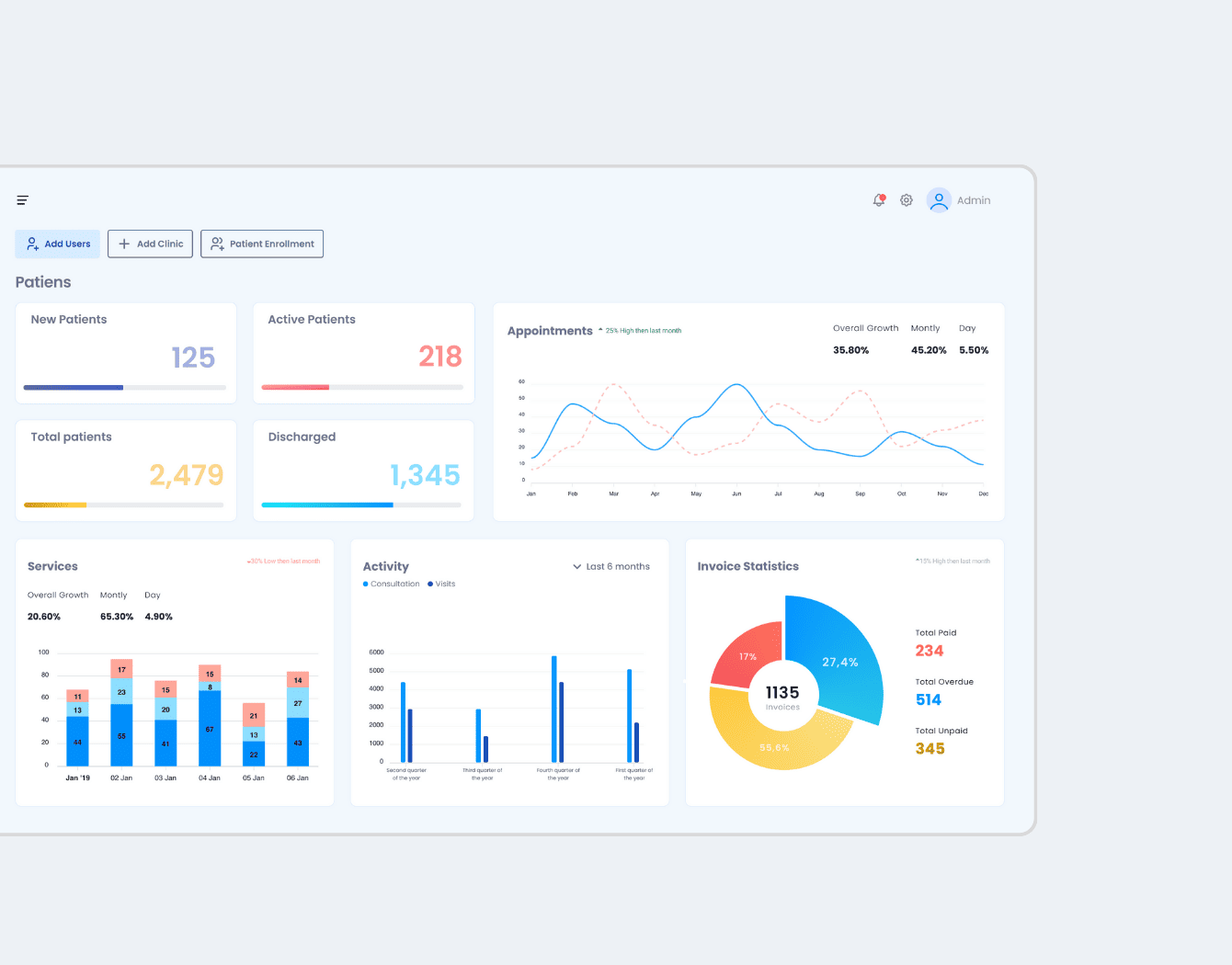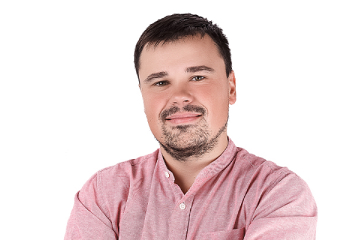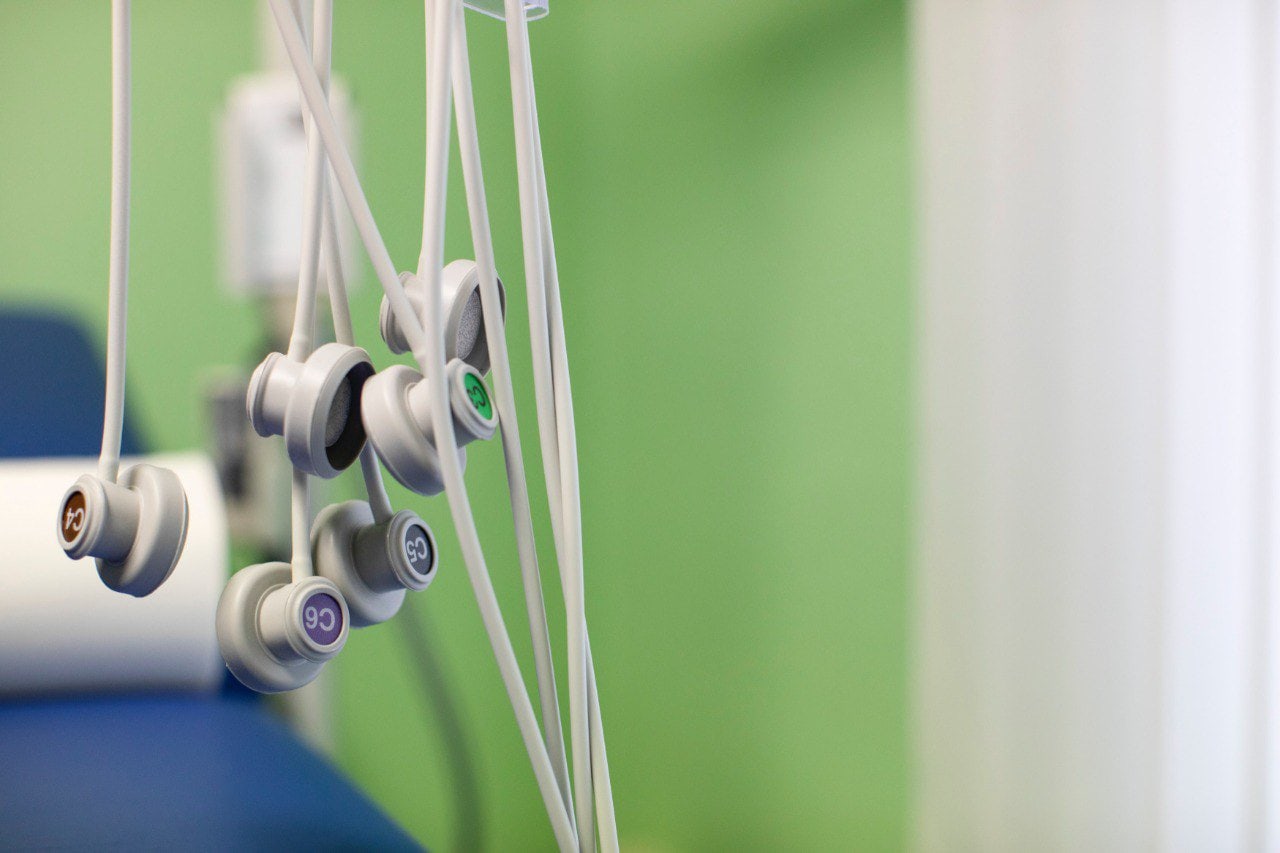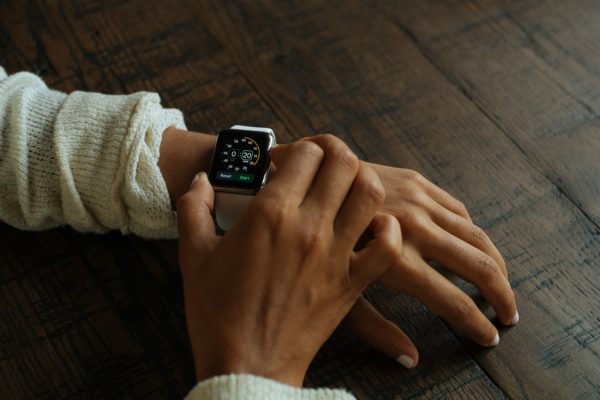About the Project
Our client developed a remote patient monitoring (RPM) portal that uses cellular or wi-fi technology to collect health data from individuals in the comfort of their own homes, and securely transmit that information to healthcare providers in a different location for assessment and recommendations.
The data captured and the use of data analytics allow Physicians to make faster patient care management decisions that contribute to reduced Emergency Room (ER) visits and hospital readmissions, improved quality of life for patients, and lower healthcare costs for all.
Project Requirements
The customer hired Empeek to develop the remote patient monitoring system that uses cellular and wi-fi technology to collect patients’ health data. Our task was to develop a remote patient monitoring software that would read health data from the wearable device and securely store it in the system. The platform had to support such wearables as blood pressure device, scales, and blood glucose monitoring tool.

Unique Features
Patient Care Management Decisions
Physicians сan make faster patient care management decisions helping to reduce Emergency Room visits and hospital readmissions;
At-home Care
Adult children can monitor the health condition of their senior parents in a quick and modern way.
Highly Customizable System
Each particular patient has an individual range of normal measurements. If the health data exceed expected ranges, a highly customizable system sends alerts to the physician.
Time Allocation
Physicinas can track time spent for each customer directly in the system.
Custom Sharable Reports
The system allows generating reports based on patients’ data, which can be sent to insurance companies later on.
Data Visualisation
The system also offers various graphs and reports to make health data easier for comprehension.
Why Custom Software?
The client decided to build a custom solution tailored to the specific business needs of the company, the IoT remote monitoring that would allow the care team to obtain all the necessary metrics and make people comfortable with health data measurement.
Limited Functionality
The off-the-shelf solution our customer used had limited functionality and didn’t keep up with their unique needs and requirements.
Cost
The existing solution was not economically viable either. Its revenue model involved recurring subscription fees for the system and each patient in it.
Lack of Wearables
Expenditures for wearable devices were also the client’s responsibility, and despite being pricey, the software didn’t cover all the needs of the company.
How It Operates
Step 1. IoT healthcare software requires perfect synchronization with the hardware. As soon as the patient is enrolled in the system, he is sent a portable device. Depending on his health condition, it can be a blood pressure measurement device, scales, or blood glucose monitoring tool.
Step 2. The interface of the blood pressure measurement device is very easy to navigate. It has only one button and is super-senior-people friendly. Right after the button is pressed, the device starts the measurement. The process is quick and lasts no more than two minutes.
Step 3. When data collection is finished, it is immediately sent to the RPM platform. The healthcare manager monitors patients’ daily metrics and can take measures in case of any abnormalities.
Ready to Build Your RMP Software?
Our team will help you to define requirement, make estimates, and build a secure, HIPAA-Compliant platform.
Development Process
Phase 1. Core System Development
The main goal of the 1st stage was to design a flexible system architecture that allows for easy integration of external devices in the future and essential functionalities for patient portal.
- Develop a minimum viable product (MVP) for a remote patient monitoring portal with essential functionalities;
- Support native blood pressure device;
- Implement user authentication and authorization mechanisms to ensure data privacy and secure access to the portal.
Development Process
Phase 2. System Enhancements and Mobile Apps
- Implement robust security measures, such as encryption and access controls, to meet HIPAA (Health Insurance Portability and Accountability Act) regulations for handling sensitive patient data.
- Enable integration with other smart devices to expand the range of health metrics that can be monitored remotely;
- Integrate pulse oximeter and glucometer devices;
- Develop Android and iOS mobile apps;
- Implement real-time notifications and alerts for healthcare providers based on patient data and predefined thresholds or conditions.
Projects Tech Stack
Core Healthcare Development Services
Discovery Phase
We identify your business requirements, goals, and challenges to propose an optimal software solution.
Learn MoreProject Takeover
We take over existing software projects, ensure seamless transition, and continue development adhering to best practices.
Coming soonEnd-to-end Software Development
We handle the entire software development lifecycle, from ideation to deployment and maintenance.
Learn MoreMobile Apps
We build robust, feature-rich, and user-friendly mobile applications for various platforms like iOS and Android.
Learn MoreStaff Augumentation
We provide skilled professionals to augment your in-house team and assist with specific software development tasks.
Learn MoreFAQs
What is a remote patient monitoring system?
It is a possibility to monitor and capture patients’ health data with the help of digital technology and transfer this data to healthcare providers.
How does the IoT device transfer patient data?
IoT devices are connected to the cloud server. The health data coming from the IoT device is transmitted to the cloud server and is shown on the doctor’s device later on.
Why is IoT becoming more popular?
IoT technology is not new, but it’s becoming more widely used. It is a fast, secure, and comfortable way to transfer health data to the doctor in real-time and improve healthcare services.








